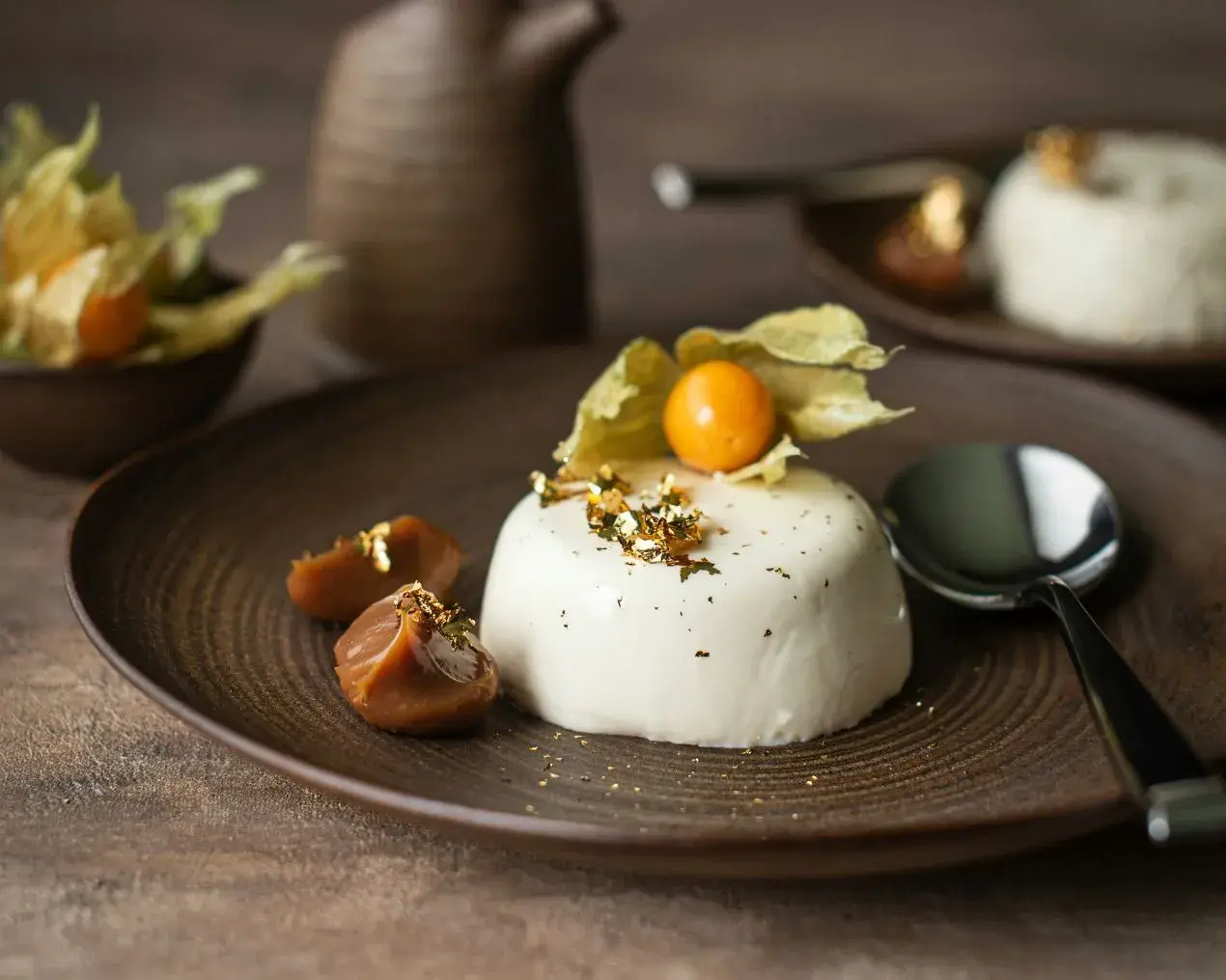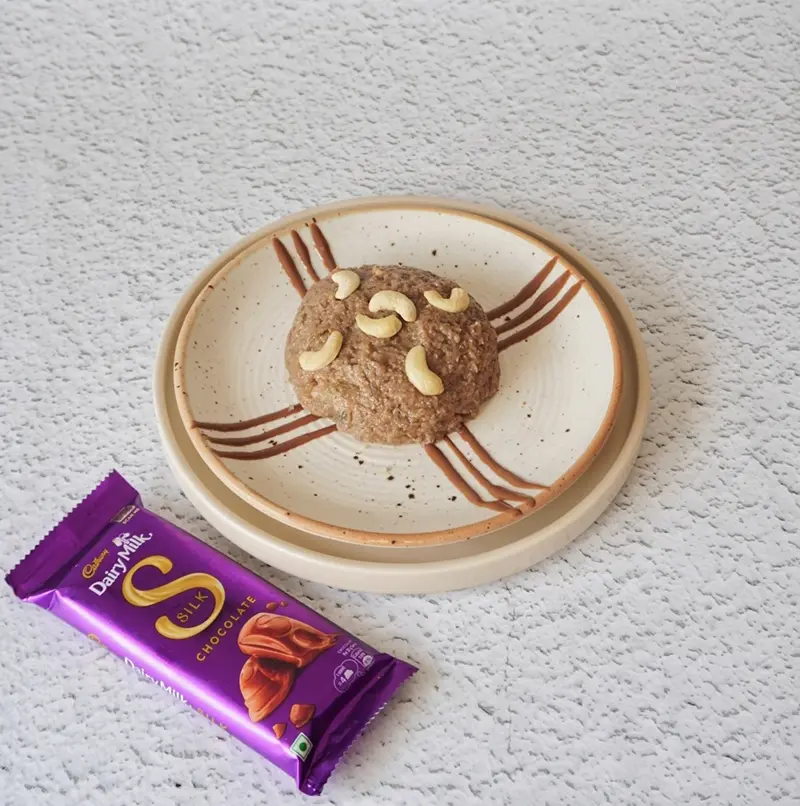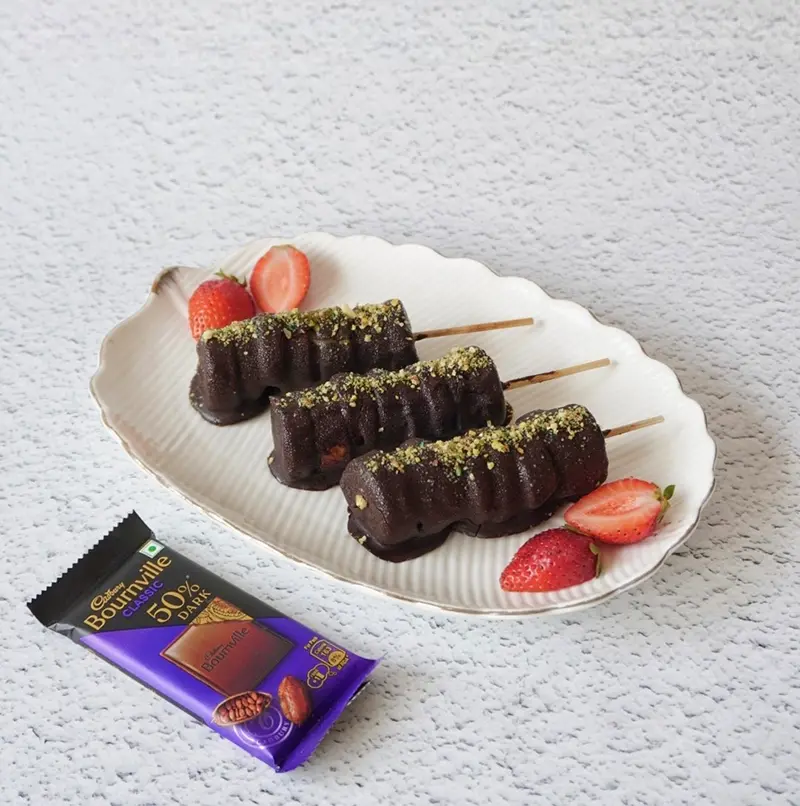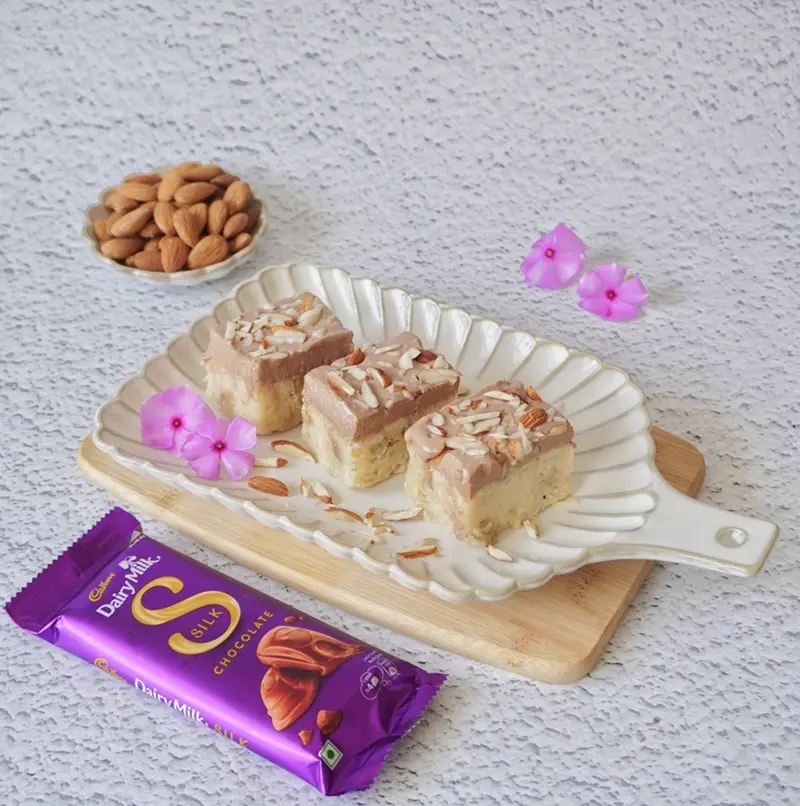- Home
- Articles
- This National Mousse Day, Immerse Yourself in the History of This Velvety Dessert and Its Distinctive Creaminess
Celebrate all things mousse for National Mousse Day with a look at the history of this French invention. Whip up a dreamy 3-ingredient chocolate mousse at home without much effort and learn about popular flavors and innovative uses for mousses in baking.

Mousse is a light and airy dessert that originated in French cuisine during the 18th century as a savory dish made with eggs. And to have a particular day dedicated to this divine dessert, could there be any better news than it? That particular day is the 30th of November, today, and celebrates everything that is mousse whether sweet or savory.
In modern times, chocolate mousse recipe is typically prepared—we will talk about the sweet ones for we love our desserts—by whipping air into a mixture of cream or crème fraîche, butter, and egg yolks to create a smooth and velvety texture.
The Popular Flavors and Texture Game
Mousses can be either cold or hot, and come in a variety of flavors, but they are best served cold, much like revenge. But this little dessert is too sweet to be considered a villain, unless you are eating it when you are not supposed to—for legitimate reasons of course—then that is on you.
Popular flavors in mousses include chocolate, vanilla, and fruitier flavors like strawberry as well. The texture of mousses can also vary from thick and creamy to light and airy depending on the specific chocolate mousse recipe and preparation methods employed.
The History

Let’s take a little detour before we get into a fairly easy mousse recipe, shall we? As established by now mousse was a French invention, by a—surprise, surprise!—an artist. Yes, the one with the paintbrushes and oily canvases. First described as "mayonnaise de chocolat", post-Impressionist painter Henri Toulouse-Lautrec, who was also an expert cook, crafted the world’s first mousse in the late 19th century.
Easy 3-ingredient Chocolate mousse recipe

Making this chocolate mousse recipe at home is so easy, that even non-bakers can whip up this dreamy dessert! This three-ingredient mousse comes together in just a few simple steps. The only utensils you'll need are a medium heat-safe bowl, a small saucepan, and a whisk or spoon for stirring. Having an electric mixer would make whipping the cream even quicker, but isn't necessary.
Ingredients:
- 200 gm dark chocolate, chopped
- 250 ml heavy cream
- 1 tsp vanilla extract
Instructions:
- Place the chopped chocolate in a medium heatproof bowl.
- In a small saucepan, heat the cream until it just starts to simmer around the edges. Remove from the heat.
- Pour the heated cream over the chocolate and let it sit for 5 minutes. Then gently stir until smooth.
- Allow the chocolate mixture to cool slightly, for about 30 minutes, then stir in the vanilla extract.
- Once completely cooled and thickened, you can refrigerate the mousse for 2 hours to set. If you mind the waiting time, you can, in fact, enjoy it immediately; add some fresh berries for garnish.
- To serve, scoop the mousse into small bowls or glasses.
Tips: Be careful not to overmix the mousse or it may become too thick. For a lighter texture, prepare the day before to allow it to set fully in the fridge. You can also top each serving with whipped cream.
Where Does the Mousse Go

Mousse is light, airy and so delicate that you barely feel the aftertaste that many pastries or cakes leave. It makes the perfect companion to a lot of dessert staples like cakes and tarts.Here is how you can use it:
- Cake fillings: Mousses are perfect for filling layers of cake due to their smooth texture that isn't too runny. Flavors like chocolate, vanilla, coffee or fruit complement spongy cakes. The light mousse provides moisture without being too rich.
- Tart fillings: Both savory and sweet tarts are enhanced with a mousse filling. The creamy filling balances the crisp pastry shell. Individual tartlets allow for creative flavor combinations in each bite. Fruit mousses bring bright flavors to pair with nut or chocolate crusts.
- Pastry fillings: Beyond tarts, mousses bring an indulgent element to doughnuts, turnovers, or other baked goods. The fluffy texture provides a luxurious treat inside flaky or puff pastry shells.
- Breakfast additions: For indulgent mornings, especially fussy eaters who love their sweet treat, mousses can top crepes, waffles, or French toast in place of jams or syrups. The subtle sweetness is a lovely way to start the day.
- Cake decorations: As an alternative to buttercream or ganache, mousses can be swirled or piped onto the tops of cakes or cupcakes. Their soft peaks enhance rather than overwhelm other flavors.
- Layered parfaits or trifles: By building layers of mousses, whipped cream, fruits or cookies, height and visual appeal can be achieved. Each bite exemplifies the varied textures.
Like This Article?
More Like This




Popular Articles





Trending Web Stories
Curated Recipes


















